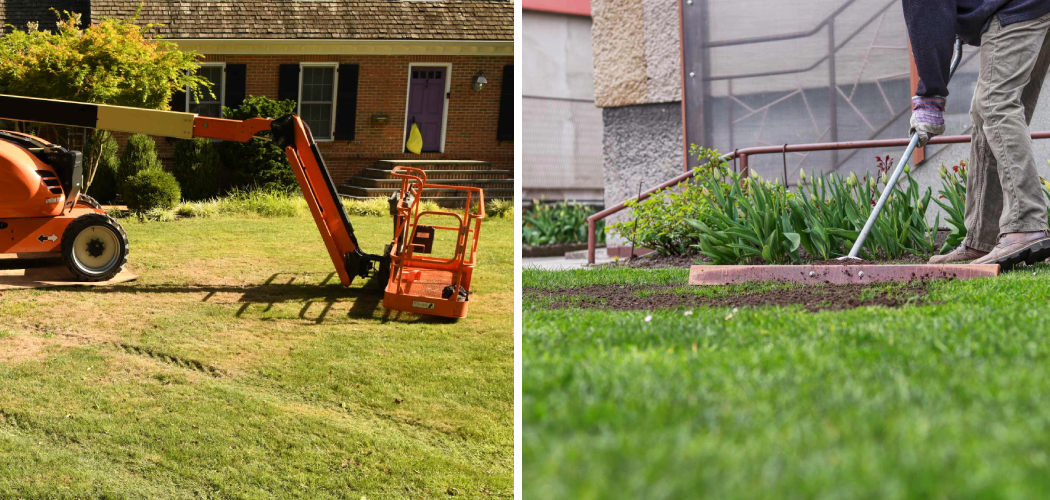No matter how careful you might be when undergoing construction on your property, it’s almost inevitable that there will be some damage to the surrounding environment.
Whether due to heavy machinery, increased traffic, or careless workmanship, construction projects often leave yards looking less than pristine, and taking proper steps to fix your yard after a construction project is important to ensure its health and beauty.
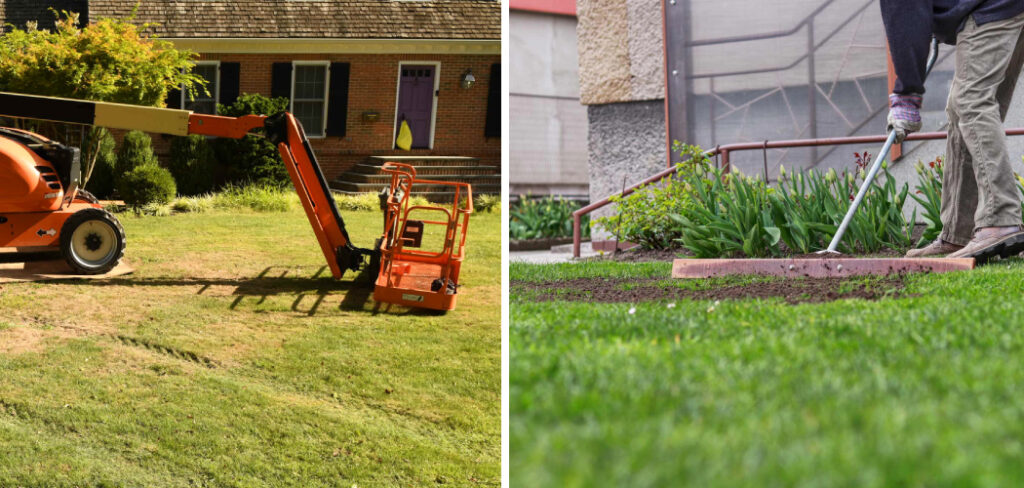
The advantage of knowing to fix your yard after construction is that it can help you restore the beauty of your outdoor space without paying for expensive landscaping services. Fixing the yard on your own allows you to customize the area, ensuring everything looks exactly as you want. In this blog post, You will learn how to fix your yard after construction.
Step-by-Step Processes for How to Fix Your Yard After Construction
Step 1: Inspect Your Yard
After a construction project, your yard may be left in disarray with piles of dirt, debris, and disturbed ground. Start by thoroughly walking around the construction site to inspect the area for damage. Look out for uneven terrain, deep grooves or holes dug into the soil, exposed roots from removed trees or plants, large amounts of weeds, and any other potential safety hazards.
Step 2: Clear the Area
Before you begin any restorative work, you must clear away all debris and scrap materials from the construction site. This is an important task as it helps reduce the chance of accidents or injuries in your yard while also making it easier for you to see what needs to be done next. You can use a shovel, rake, or wheelbarrow to transport the debris off your property.
Step 3: Level the Ground
The next step is to level the ground in your yard with a garden tiller. Start at one end of the construction area and work until all bumps, ridges, and grooves have been eliminated from the soil.
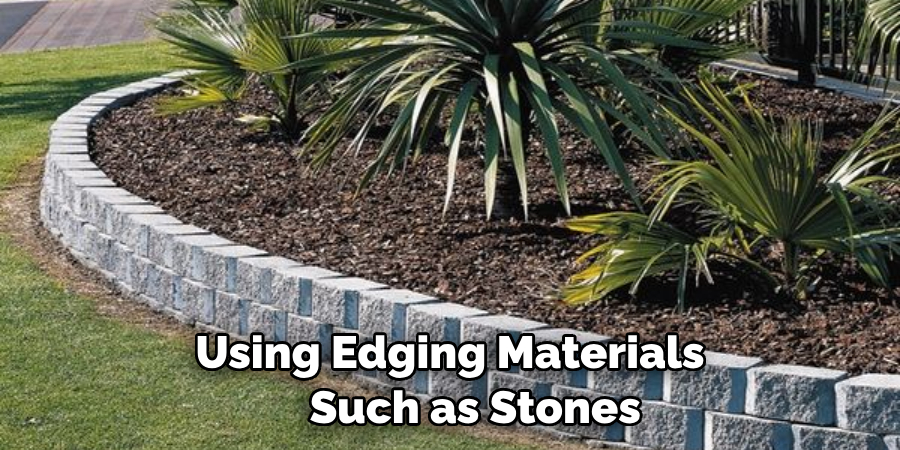
Once you have leveled the ground, it’s time to remove any weeds or unwanted plants from your yard. You can use a weeder or hoe to dig them out but do not disturb any existing roots of nearby grass, shrubs, or trees. Once all the weeds are removed, you can spread grass seeds over the entire area and water them daily until the new grass grows.
Step 4: Plant New Trees and Shrubs
If any trees or shrubs were destroyed during the construction project, now is the time to replace them with new ones. Choose plants that suit your climate and soil type, and follow the instructions on their packaging when planting.
Using edging materials such as bricks or stones, create a border around the newly seeded grass to prevent it from spreading into other areas of your yard. You can also spread mulch around trees and shrubs to protect against weeds and promote growth.
Step 5: Fix Fencing and Gates
If your construction project caused any damage to fencing or gates, now is the time to repair them. Ensure all hinges are securely fastened, and no gaps must be filled. You can also apply a fresh coat of paint for extra protection against the elements.
If you want your yard to look presentable immediately, you can install sections of sod instead of waiting for the grass seeds to sprout. This way, your newly constructed areas will look as good as new in no time!
Step 6: Install Lighting and Other Accessories
Finally, add outdoor lighting, bird baths, or benches to your yard if desired. This will bring the area back to life and create a more inviting space for you and your family to enjoy.
Once you have finished restoring your yard after construction, don’t forget about regular maintenance tasks such as mowing, weeding, and fertilizing. Doing so will ensure your newly built area looks great for years.
Following these steps, you can quickly and easily restore your yard after a construction project and make it look as good as new. All that’s left is to sit back and enjoy the finished product.
Safety Precautions for How to Fix Your Yard After Construction
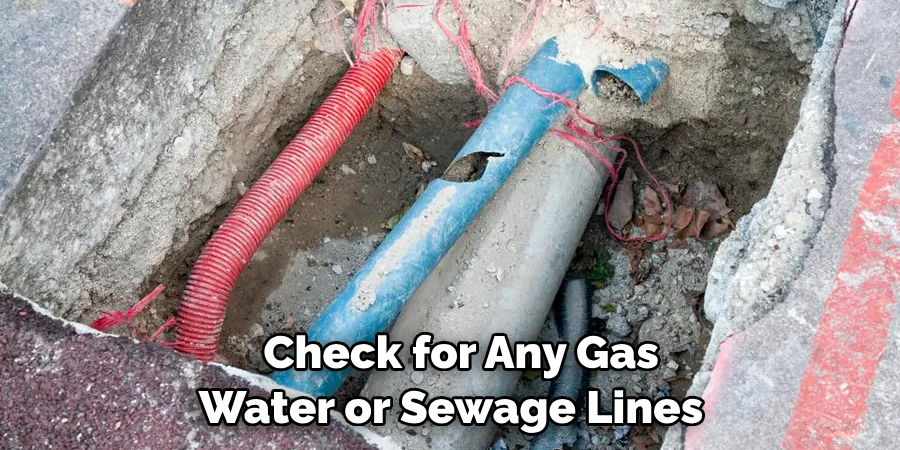
- Ensure that any debris left behind from the construction is cleared and disposed of properly. This will help prevent potential accidents or injury to anyone in the yard and ensure your yard looks aesthetically pleasing.
- Ensure that all tools and materials are stored safely in a secure area so they do not pose a safety hazard. This includes any tools left behind by the construction crew.
- Ensure all exposed nails, screws, or other sharp objects are removed from the yard to prevent potential injury or accidents.
- Check for any gas, water, or sewage lines that may have been damaged during construction and ensure proper repairs are made.
- Ensure that any electrical lines or wiring installed is done so properly and safely, by all local codes and regulations.
- Lastly, ensure that the area is adequately fenced off to prevent children from entering the yard and coming into contact with potential hazards. This will also help to ensure that pets are kept out of the area while repairs are being made.
Following these steps and taking safety precautions when fixing your yard after construction will help prevent unnecessary injury or accidents and ensure that your yard looks its best.
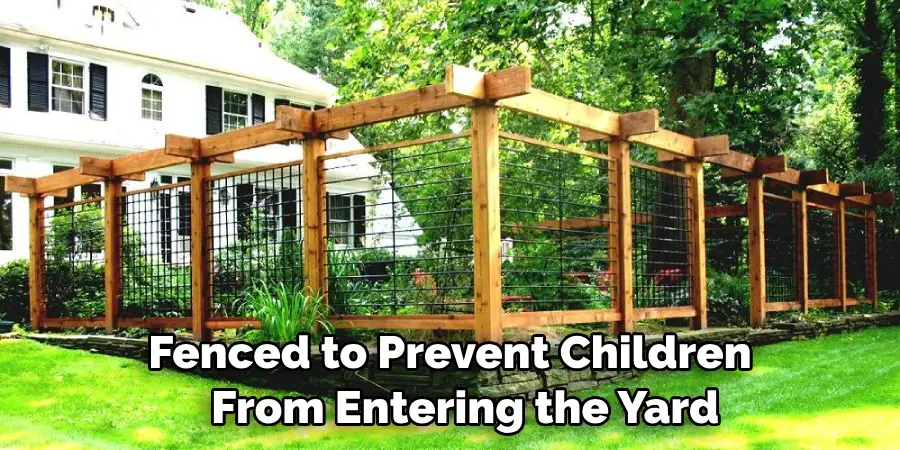
What Are the Best Ways to Restore Your Lawn After a Construction Project?
Construction projects can cause a lot of damage to your lawn, from deep ruts and bald patches to soil compaction and erosion. After the project is finished, you may feel overwhelmed by trying to restore your yard to its original condition.
Fortunately, there are simple steps you can take to repair and rejuvenate your lawn after construction work has been done. The first step is to assess the condition of your lawn by evaluating any damage caused by the construction project. If there are deep ruts in the soil, you’ll need to fill them with topsoil and use a rake or tiller to level the area.
Adding new sod or grass seed may also be necessary to fill in any bald patches. Another important step is aerating the soil, which will help promote healthy root growth and allow for better absorption of nutrients and water. You may need to use a special tool or hire an expert to do this job correctly. Once the soil has been aerated, it’s time to fertilize your lawn.
Be sure to use a fertilizer specifically designed for your type of grass, and follow the instructions carefully. This is also a good time to water your lawn thoroughly to help promote healthy growth.
How Can You Prevent Erosion and Protect Your Lawn From Future Damage?
Erosion is a major problem after construction has taken place in your yard. Erosion can cause soil loss, damage to plants and trees, and an overall decrease in the quality of your lawn. To prevent erosion and protect your lawn from future damage, there are several steps you can take.
The first step is to properly seed your yard with the appropriate grass type for your area.
This will help to provide a strong base of vegetation that can help hold soil in place and reduce erosion.
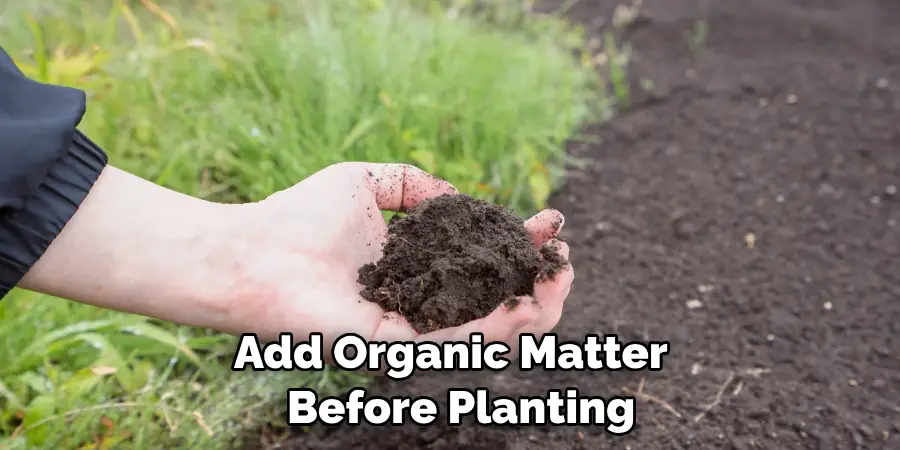
Also, be sure to add organic matter, such as mulch or compost, to the soil’s surface before planting. This will help retain moisture and promote better root growth, essential for preventing erosion. Next, create berms or swales to help direct water away from your yard.
This will also help reduce erosion by lessening the runoff water that collects around your house and yard. Additionally, you can install a drip irrigation system for slow-release watering of plants and grass.
Do You Need to Water Your Lawn More Frequently After Construction Work is Done?
Watering your lawn more frequently after construction work is completed is important. This helps the grass and other plants in your yard recover from any damage that may have been done during construction. Watering your lawn more often will allow it to get established quickly, so it can start looking green and healthy as soon as possible.
You should also consider using a fertilizer to help the grass recover from construction damage.
If your landscaping was damaged during construction, you may need to replace some of the plants or grass in your yard. Look for native plants that are hardy and which can thrive in the conditions of your landscape. Ask a local nursery or garden center for advice on what would work best in your environment.
If you have turf grass in your lawn, consider patching the areas of damage with sod or seed. This will help ensure that the lawn looks as attractive and well-manicured as possible after construction work.
What Type of Maintenance Should You Do regularly to Keep Your Lawn Healthy and Looking Great?
Regular maintenance is the key to keeping your yard looking its best after construction. Mowing, edging, and trimming are essential to maintaining a tidy lawn. Mow regularly but don’t cut too short – this can cause brown patches due to inadequate root development.
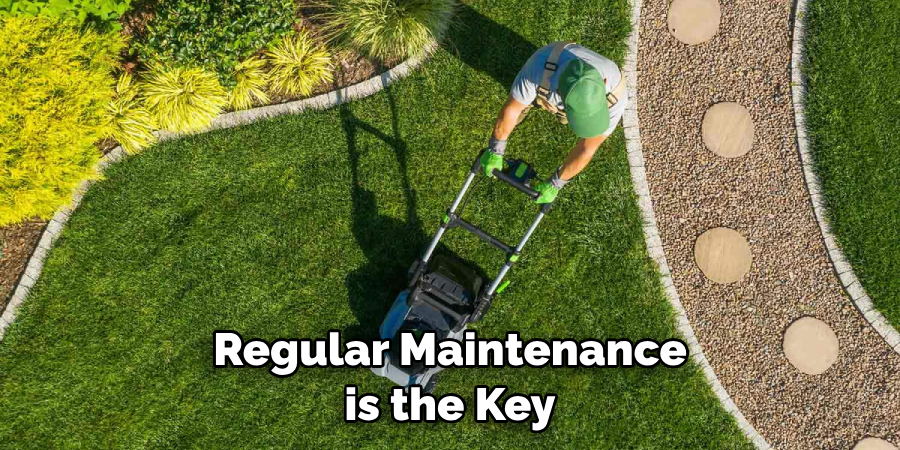
Edging along sidewalks will keep grass from creeping over them, and trimming around hardscapes (such as driveways and patios) will keep the edges neat. Fertilization is also important for keeping your lawn healthy. It’s best to use slow-release fertilizers, which are gentler on the environment than quick-release options.
Consistent fertilizing throughout the year will ensure your yard remains lush and green. Lastly, proper hydration is essential for keeping your lawn healthy. Watering your lawn deeply but infrequently is the best practice; this encourages roots to grow deep and stay strong. It’s also important to monitor soil moisture levels – if it’s too dry or too wet, you may have to adjust your watering schedule accordingly.
Conclusion
In conclusion, fixing your yard after construction can be difficult, but it is necessary to enjoy your outdoor space again.
The best way to fix up a yard after construction is to start by removing debris and other leftover materials, leveling the soil if needed, amending the soil with peat moss or compost, laying down grass seed and watering it regularly, adding mulch for moisture retention and weed prevention, and finally, planting flowers or other foliage to bring your yard back to life.
This article has been beneficial for learning how to fix your yard after construction. Make Sure the precautionary measures are followed chronologically.

